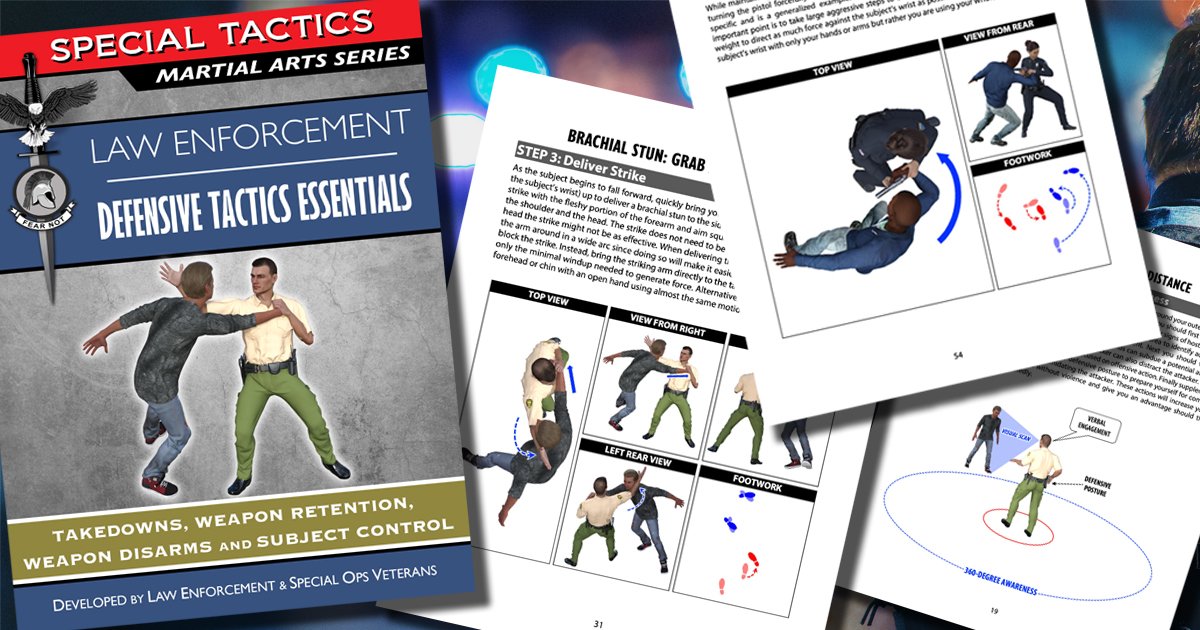Defensive Planning (Part 1): Contingency Planning and Threat Courses of Action
The fundamentals for planning a good defense are the same, whether you are a military planner preparing to defend South Korea, a law enforcement/security professional assigned to secure a compound/event or a citizen trying to defend your home and family from an intruder. This article is the first in a 3-part series on defensive planning. This first part deals with anticipating the threat and making contingency plans accordingly. The second part will cover how intelligence/information collection factors in to the defensive plan. The final part will discuss how to develop a system of indicators, alert levels and alert plans to respond rapidly and effectively in an emergency situation. Once again, while these articles are written in the context of planning for a military operation or security detail, the same principles can apply to any person or unit/organization of any size. These articles are adapted from our latest book, Winning the Fight.
Defensive planning begins with conducting a threat assessment. Decision makers complete a prioritized threat list and disseminate that list down to subordinate units to form the basis for defensive planning. Subordinate units may cross talk with superiors to adjust defensive priorities based on specific regional or operational circumstances. As a unit develops its operational threat assessment, it must evaluate threats in terms of both likelihood and seriousness. Essentially, how likely is it that something will happen and if it does happen, how bad will it be. Planners must weigh both of these factors when determining which threats to prioritize.
Once a unit has completed the prioritized threat assessment, the next step is to think through (or "wargame") specific contingencies of how each threat could play out in real life. It is unrealistic to attempt to consider every possible threat course of action or to try to anticipate courses of action down to the smallest detail. When developing threat courses of action, the main focus should be to identify in general terms the most likely course of action and then consider the worst case scenario, or the “most dangerous course of action.”
Many modern military schools teach planners to identify these two elements: the most likely course of action and the most dangerous course of action. However, some schools fail to fully understand the nature and relationship of these two courses of action. In many cases, planners develop both the enemy’s most likely course of action and the enemy’s most dangerous course of action first, then go on to develop their own plan. In these cases, the most dangerous course of action often simply involves a larger or more aggressive enemy action. Thus, the way planners typically plan follows the steps below:
Develop the enemy’s most likely course of action
Develop the enemy’s most dangerous course of action
Develop a plan of action to counter the enemy
The above steps are out of order. The correct way to plan is first to develop the enemy’s most likely course of action, then to develop a plan to counter that most likely course of action. Only then is it possible to develop the enemy’s most dangerous course of action. The most dangerous course of action is not only “bigger” but also takes advantage of the weaknesses in the friendly plan. Thus it is impossible to know the enemy’s most dangerous course of action without first knowing the planned friendly course of action.
When planners have developed the threat’s most dangerous course of action, they return and develop at least one contingency plan to counter that most dangerous course of action. It is critical to remember that the contingency plan is not an entirely different plan but rather a way to adjust the existing plan midstride in the event that the threat deviates from their most likely course of action. If wargaming shows that transitioning between the main plan and the contingency plan is difficult or impossible, planners might need to go back and adjust the main plan to allow for easier transition to the contingency plan. Thus, the proper steps for defensive planning are:
Develop the most likely threat course of action.
Develop friendly plan to counter the most likely course of action.
Develop the threat’s most dangerous course of action (that exploits the weaknesses of the plan developed in step 2).
Develop friendly contingency plans to counter the threat’s most dangerous course of action.
Adjust the main plan as needed to allow for effective transition between the main plan and the contingency plan.
These steps are only general guidelines and it is not critical to follow them in a rigid or scripted manner. The important point is to understand the concept of how one planning activity or decision drives the next. Ultimately, the goal is to develop a simple but effective plan that is easy to understand, easy to execute, and flexible enough to counter unexpected threats and events.
However, the problem with the process explained above is that intelligence/information is never perfect. How is it possible to prioritize threats and anticipate threat courses of action without having timely and accurate intelligence? There are frequently many "information gaps" that must be filled in first, before effective plans can be made. The next part of this 3-part article will explain how to deal with that problem.
This article was taken from “Winning the Fight: A Conceptual Framework for Combat Performance Enhancement.” Winning the Fight is now available on Amazon Kindle at the link below. Or for those who want a hard copy CLICK HERE and use the code COMBATWIN2021 to receive a 20-percent discount.






